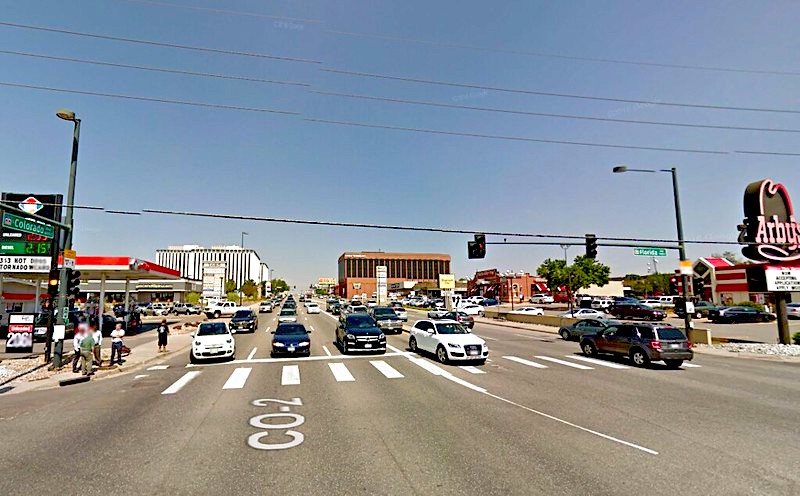Commentary: Reducing greenhouse gas emissions from transportation

This guest commentary is by Danny Katz, Executive Director of CoPIRG (Colorado Public Interest Research Group) and Chair of the Denver Streets Partnership. Danny was born and raised in Colorado and lives in NW Denver. He is on LinkedIn and Twitter @dannykatzbc. Find CoPIRG on Facebook @CoPIRG and Twitter @CoPIRG. This piece was originally published at CoPIRG.org.
This fall, the Colorado Department of Transportation (CDOT) is considering a rule that should help them reduce greenhouse gas emissions. To learn more and raise your voice attend this Citizen Academy workshop next week.
You may have heard – transportation is the largest source of greenhouse gas emissions in Colorado. It’s also a leading contributor to the wave of dirty air days that residents in Denver and the North Front Range have experienced over the last few weeks (and years).
You may have also heard that electric-powered vehicles are cleaner and switching to a 100% electric-powered transportation system is a critical strategy to reducing pollution. It is.
But electric vehicles aren’t enough for two reasons.
First, even in the most ambitious scenarios, it doesn’t result in enough air pollution reductions to meet the greenhouse gas targets our state has.
Colorado has a Greenhouse Gas Pollution Reduction Roadmap that calculates how much pollution we need to cut by 2030 to avoid the worst effects of global warming. Basically, we need to reduce climate pollution in the transportation sector by 12.8 million metric tons (MMT).
Accounting for pollution reductions from the polices the state has recently adopted and assuming we go from about 40,000 electric cars on the road today to almost 1 million by 2030, and we see zero-emission truck sales increase from less than 1% today to 40% by 2030, we still have a remaining gap in climate pollution that we need to reduce from our transportation system of about 3.3 MMT.
So assuming we see a huge uptick in electric vehicles in the next nine years, we still need additional pollution reduction strategies that get us nearly a quarter of the total reduction needed.
The second reason we can’t rely on electric vehicles alone is that we should lift up global warming solutions that not only cut pollution but increase options for people to get around. More options can help increase the safety, accessibility and affordability of our transportation system in ways trading a gas-powered vehicle for an electric-powered vehicle will not.
More options means world-class transit like buses that come every 10 minutes with dedicated lanes free from traffic that move you quickly to where you need to go. It has simple, low fares (or even fare free) and nice bus stops safe from the elements that recruit you to ride.
More options also means communities are designed and built in ways that you can safely walk and bike to complete many of your trips.
You may not have heard of the CDOT Greenhouse Gas Pollution Standard rulemaking, but if you want to see a better transportation system, you should get involved with the decision making process and lift up your voice.
On August 13, CDOT will release a new rule that could be voted on on November 18th. Done right the rule will put into place guidelines on the state level (for CDOT) and on the local level (for planning entities like DRCOG) for accounting for greenhouse gas emissions in transportation projects and making decisions that prioritize projects that bend our pollution curve down.
There will be public hearings in the fall and ways for you to submit public comments. We all need to engage.
This is a big deal. It’s the first time that greenhouse gas emissions and global warming solutions will be lifted up in such a focused way by CDOT. It’s possible electric vehicle adoption strategies will be part of the mix. But it’s critical we use this moment to emphasize solutions that expand options for people to get around.
We need to do what’s needed to tackle climate change. But let’s make sure we’re focusing on the ways we can tackle climate change by transforming our transportation system into one that’s cleaner, safer, more affordable, and more accessible for everyone.
Learn more and get involved at next week’s Citizen Academy workshop.


